J-STORIES – Agriculture is facing a challenging time as farm workers around the world are getting fewer and older. Thankfully, the kids and tech are here to save the future. In Japan, where the average farm worker is 67 years old, a number of high school students are at the forefront of achieving agricultural sustainability.
Students from Tokyo Metropolitan Engei (meaning Agriculture and Horticulture) High School are combining data science with training and technology to come up with sustainable solutions to agricultural problems. The school headmaster,Naoto Namikawa, explained that they are “working hard on initiatives that connect the 3 keywords SDGs, STEAM (STEM and Art), and data science with education.”
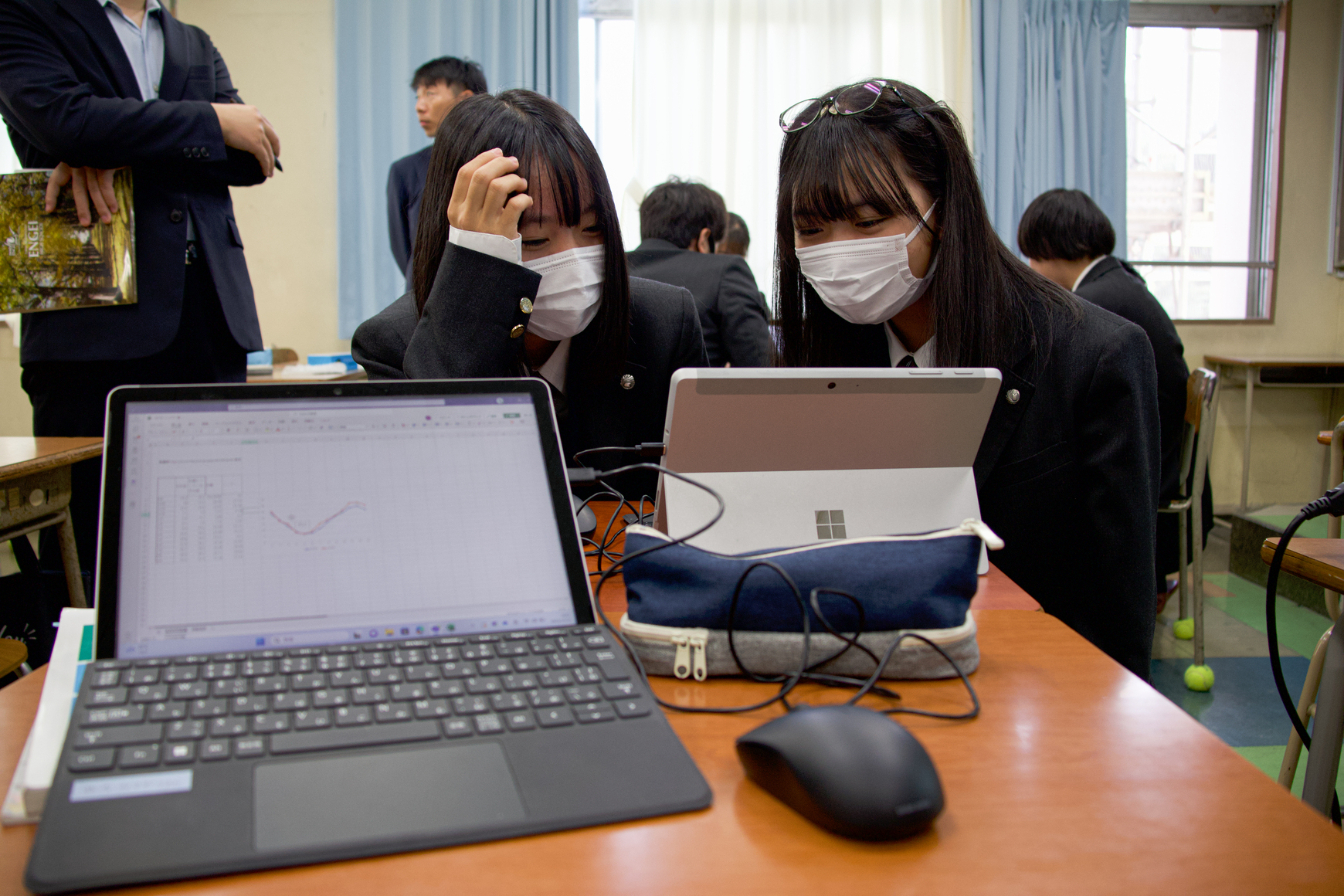
Planting the seeds of education
Namikawa said their curriculum was designed to make agriculture interesting to young students. They learn about the importance of sustainable agriculture, not only in terms of production and quality but also in reducing environmental impact.
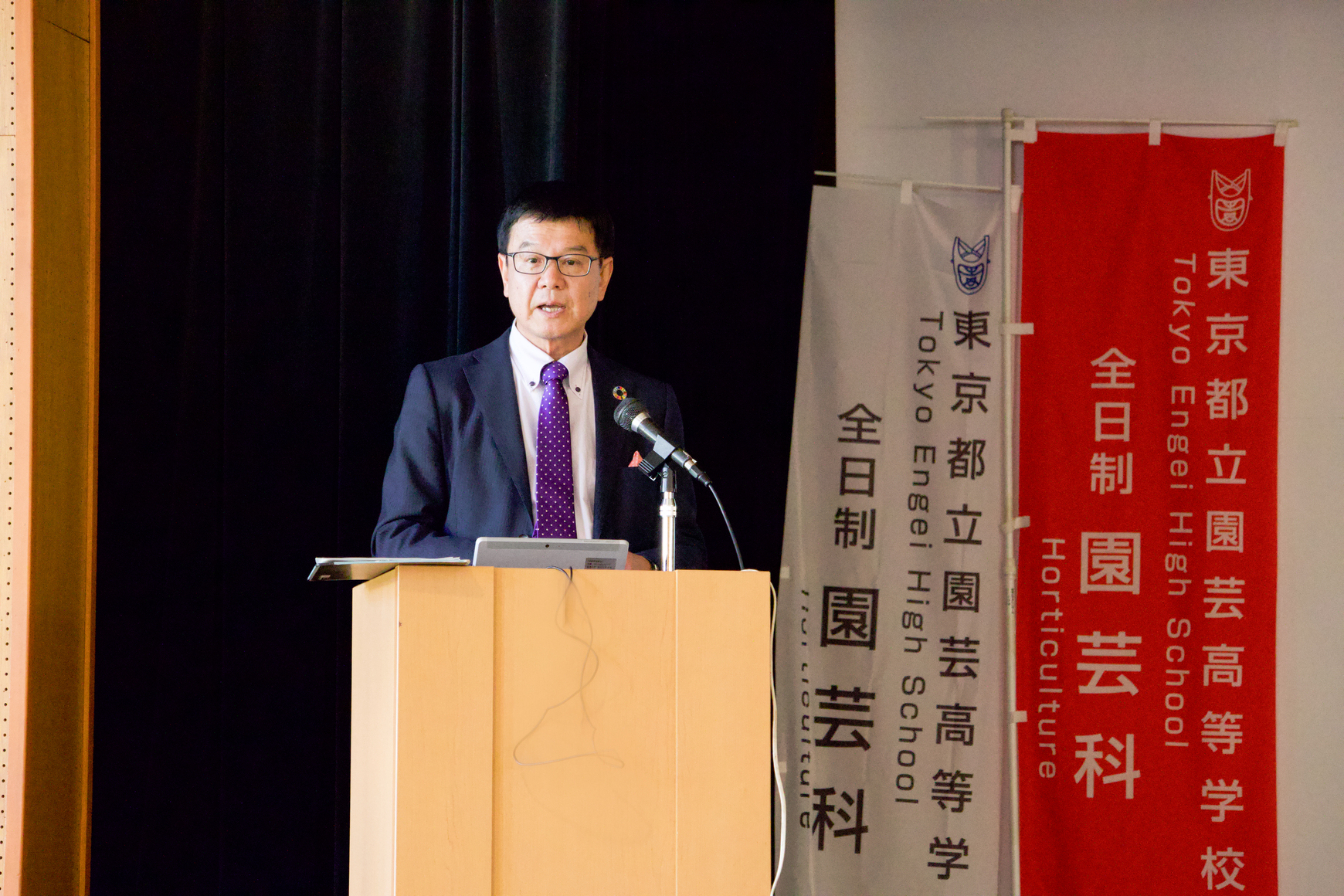
For example, the students work on projects like the solar greenhouse, which uses renewable energy from solar panels. Inside, students explore ways of achieving an efficient harvest using data generated by automated systems.
The school emphasizes data science through projects like this. The headmaster explained: “Students who understand basic data science or who learn good agricultural practices (GAP) and hazard analysis critical control points (HACCP) can assess risks. These things will allow them to build on what they’ve learned at this school on whatever path they choose to take.”
Cultivating a career in agriculture
The future looks bright, as students themselves have expressed interest not just in agriculture but in solving problems related to the sector. Hana Kasai, a 3rd year student, wants to be an educator. "I want to be an agricultural science teacher to get more students interested in creating thriving agriculture and biodiversity regions in Japan."
Mao Shimura talked about her dream to major in agriculture. "It is important for the next generation in rural areas of developing countries to have knowledge about farming. I would like to engage in farm education there and explore ways to provide food for the next generation," she said.
The headmaster explained that he hasn’t focused on the issues facing the agricultural sector, such as the declining, and aging, work population. He said, “If I talk about things like that, students won’t have hope for the future. Though it's important for them to understand reality, what's more important is to put more value on what they can do with what they’ve learned.”
Solving present problems with future tech
Investing in education and training is the long-term approach for Japan. But for short-term solutions, companies are looking at “smart farming” to address manpower problems.
NTT AgriTechnology, part of the NTT Group, combines agriculture and ICT (information and communications technology). The company is exploring the use of 5G internet and 4K video streaming for remote training. The idea is to provide support to inexperienced or elderly farmers without the need for farm experts to be physically present.
NTT AgriTechnology’s Kobayashi explained that with remote training, “instructors that used to only visit one farm once a month can connect, even if it’s just for 5 minutes per day. This way, the technology also helps the instructors save time otherwise lost via commuting.”
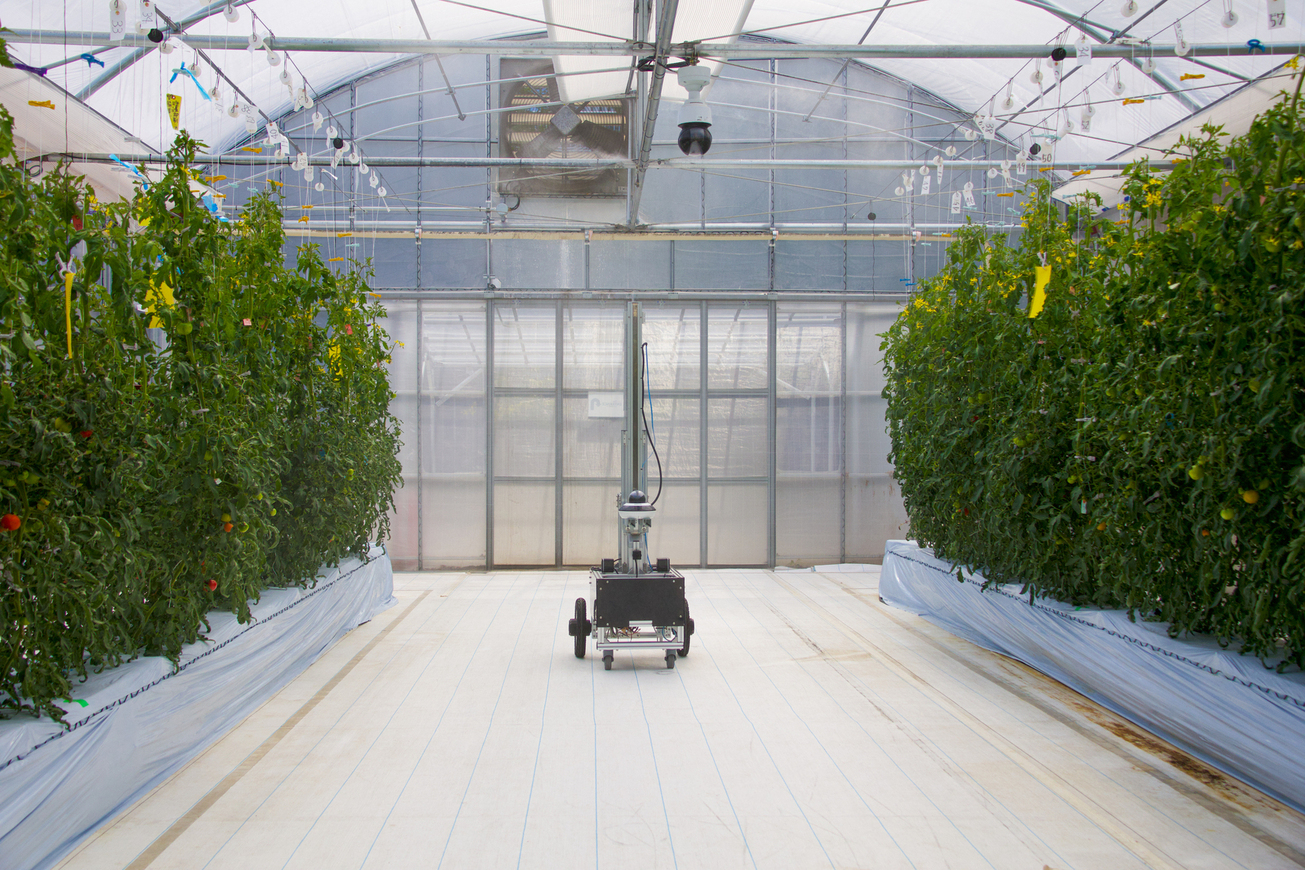
Remote training saves precious time and effort, which allows the instructors to focus on the training. The ideal result of this is an increase in crop yield and quality, as well as farming efficiency and problem detection. When testing this out, NTT Agritech found in the summer of 2022 that inexperienced farmers were able to harvest over double the yield of what had initially been predicted in their tomato greenhouse, with a higher sugar content percentage as well. The long-term goal is to create a sustainable agricultural workforce that includes the elderly and farming beginners.
Besides live streaming, the 4K camera is also used to monitor the overall condition inside the greenhouse. Other gadgets can be used such as the smart glasses, a wearable tech that allows remote instructors to see crops in detail, thus making remote training easier. Some smart glasses have features that allow the user to measure the stalks of plants automatically.
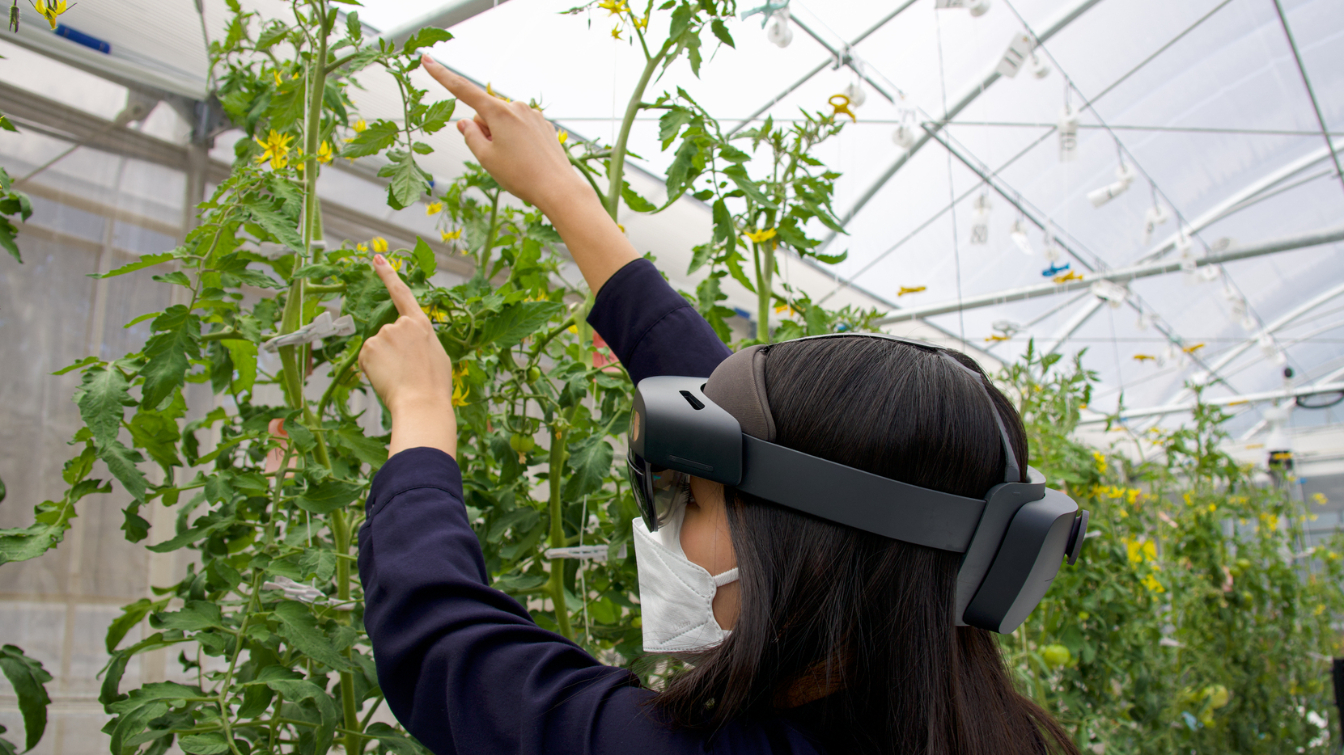
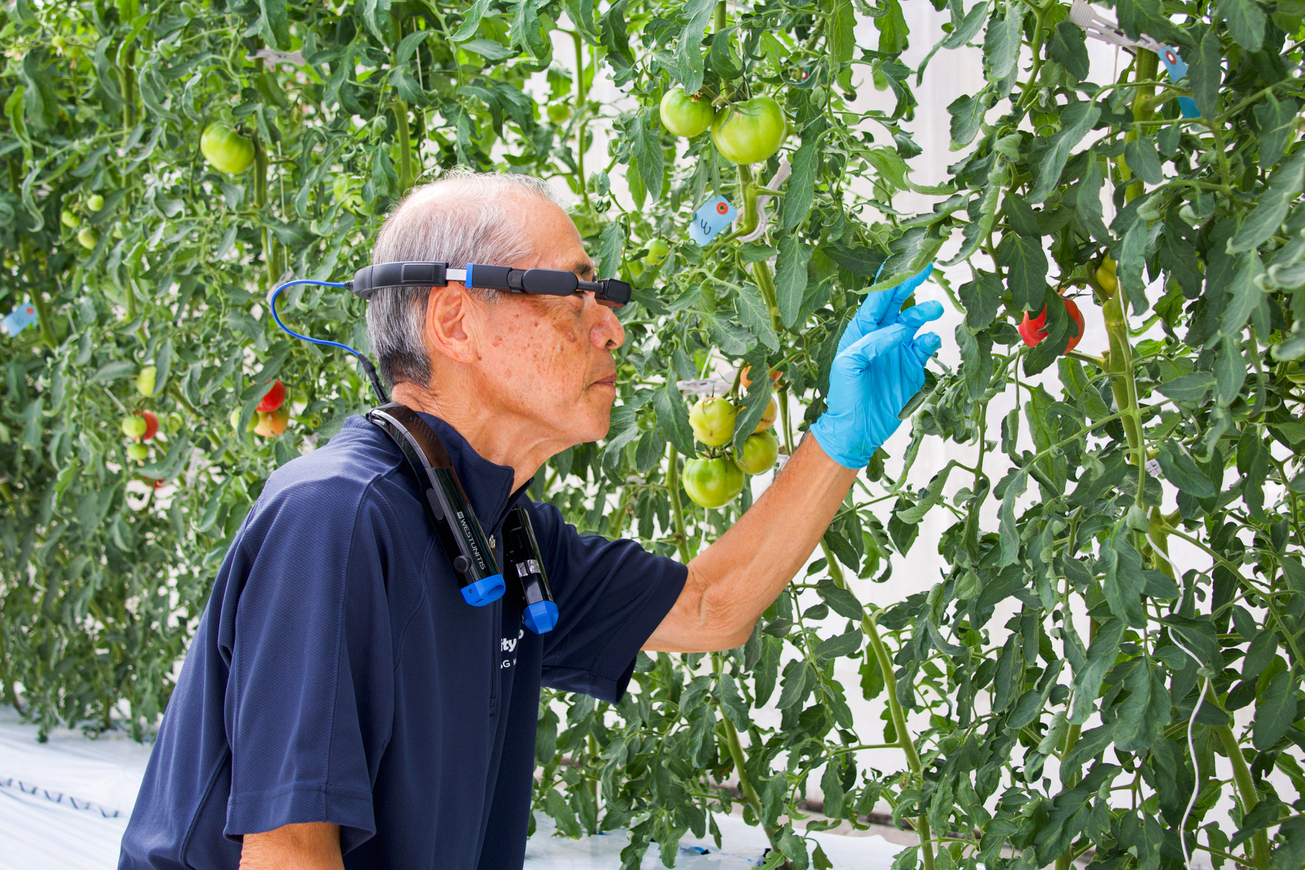
“The keyword for agriculture these days is coexistence instead of trade-offs between quantity and quality. To solve issues such as the lack of workers, AI and the Internet of Things (IoT) can be used.” - Kobayashi
Aging and shrinking population affect agriculture
In Japan, the number of workers in the agricultural sector has gone down from 2.6 million in 2010 to 1.3 million in 2020, according to the Ministry of Agriculture, Forestry in Japan. Also, 1 in 5 people will be over 65 years old by 2050, severely affecting the manpower in agriculture. In addition to this, 10% of all farmlands in Japan lie unused and, with the low food self-sufficiency status of Japan which has been stagnant at 38% since 2021, there is an impetus to find ways to increase agricultural production and efficiency, hence the shift towards educating the next generation and using the latest technology.
Writing by Alisa Okawara
Photos by Emi Takahata
Editing by Desiderio Luna and Takanori Isshiki
Top page photo by Emi Takahata
For inquiries about this article, please contact jstories@pacficbridge.jp
Click here for the Japanese version of the article.
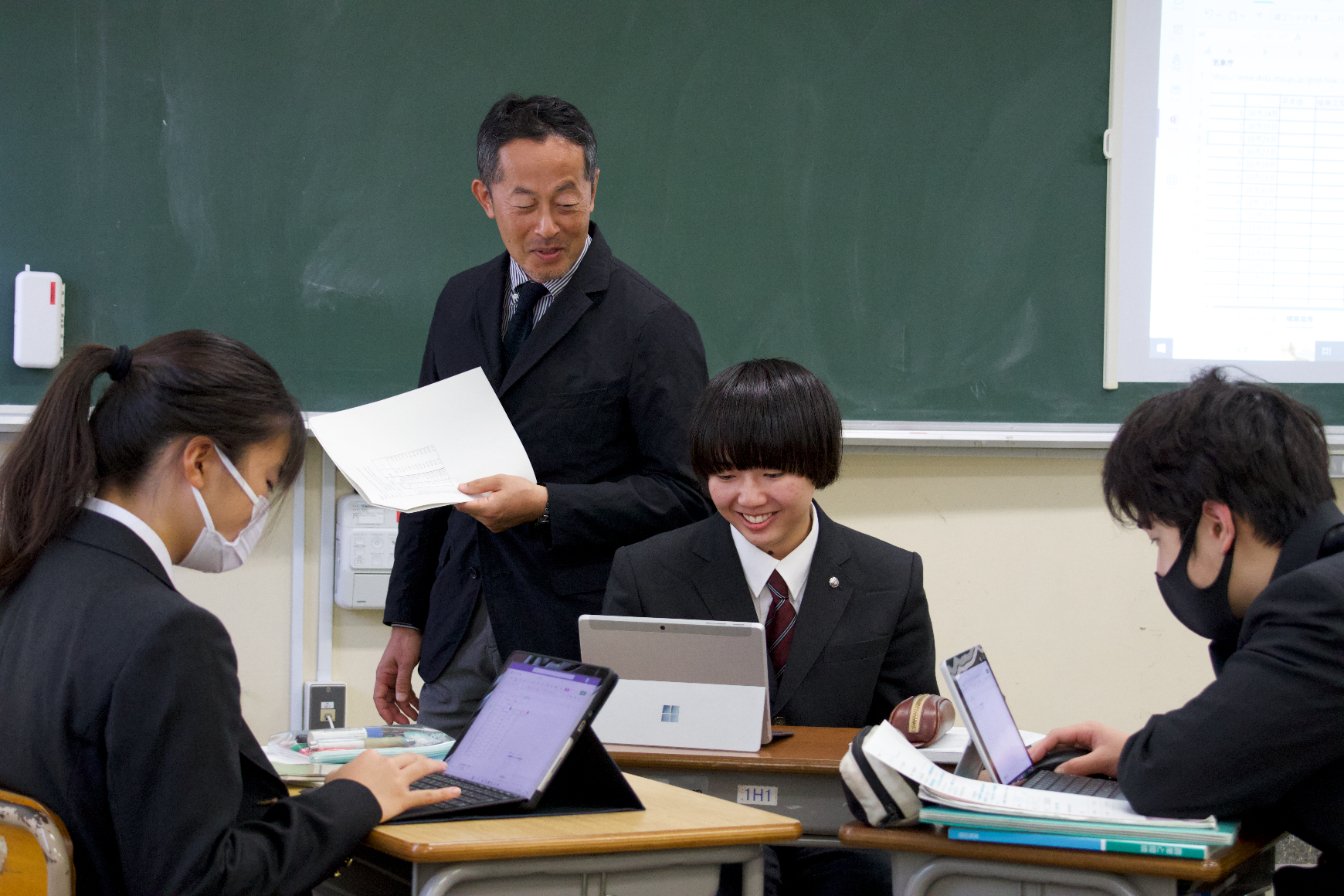





![[Podcast] Japanese technology to supercharge human fertility (Part 3)](https://storage.googleapis.com/jstories-cms.appspot.com/images/1766558713084place-for-scientific-research-2025-03-07-14-08-49-utc%20(1)_bigthumbnail.jpeg)
![[Interview: Part 2] A digital approach to tackle child hunger in Japan with dignity](https://storage.googleapis.com/jstories-cms.appspot.com/images/1766130666509unnamed_bigthumbnail.jpg)
![[Podcast] Japanese technology to supercharge human fertility (Part 2)](https://storage.googleapis.com/jstories-cms.appspot.com/images/1765863548035unnamed-7_bigthumbnail.jpg)
![[Podcast] Japanese technology to supercharge human fertility (Part 1)](https://storage.googleapis.com/jstories-cms.appspot.com/images/1765440905082unnamed_bigthumbnail.jpg)
_bigthumbnail.jpeg)




![[Interview] When digital and physical worlds meet](https://storage.googleapis.com/jstories-cms.appspot.com/images/1747974430456unnamed-2_smallthumbnail.png)

![[Interview] How Japanese musician Grover turned his passion of ‘sound’ into a health-tech startup](https://storage.googleapis.com/jstories-cms.appspot.com/images/1746181078493R7__1407_smallthumbnail.jpg)


_smallthumbnail.jpeg)
![[Interview: Part 1] From nourishing souls to feeding the hungry](https://storage.googleapis.com/jstories-cms.appspot.com/images/1763695595492unnamed_smallthumbnail.jpg)

